7 Tips to Know About Top Things to Know Before Buying Cottage Garden Flowers
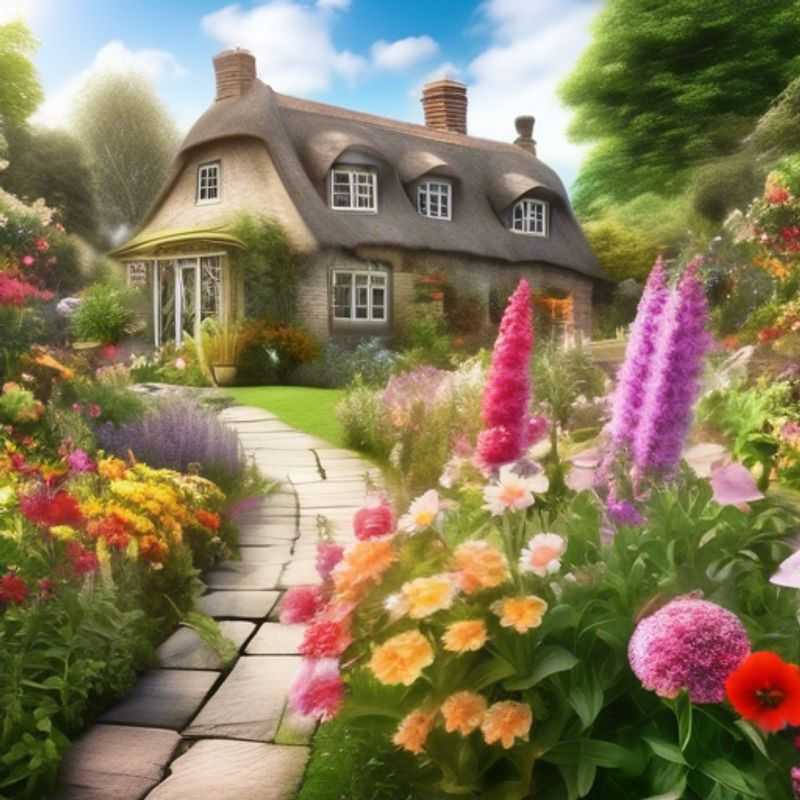
7 Tips to Know Before Buying Cottage Garden Flowers: A Blooming Guide
Dreaming of a charming cottage garden bursting with vibrant blooms? Before you start digging, there are a few key things to consider to ensure your flower haven thrives. Let's dive into seven essential tips that will guide you towards creating a beautiful and bountiful cottage garden:
1. Choose flowers that thrive in your climate and soil conditions.

Choose the Right Flowers for Your Climate and Soil
Choosing flowers that thrive in your climate and soil conditions is crucial for a successful and beautiful garden. It saves you time, money, and frustration. Understanding your local climate, including average temperatures, rainfall, and sunlight hours, is a great starting point. Knowing your soil type - whether it's sandy, clay, or loam - is another essential factor. Once you know your climate and soil, you can start researching flower varieties suitable for your area. Local nurseries and garden centers are excellent resources for finding information on suitable flowers. They can provide expert advice on specific varieties that thrive in your region. Online resources, including websites and gardening apps, offer detailed information on various flowers and their growing conditions. Consider consulting with a local gardening expert for personalized recommendations tailored to your specific needs. They can provide valuable insights into the best flowers for your location and guide you on proper care techniques.
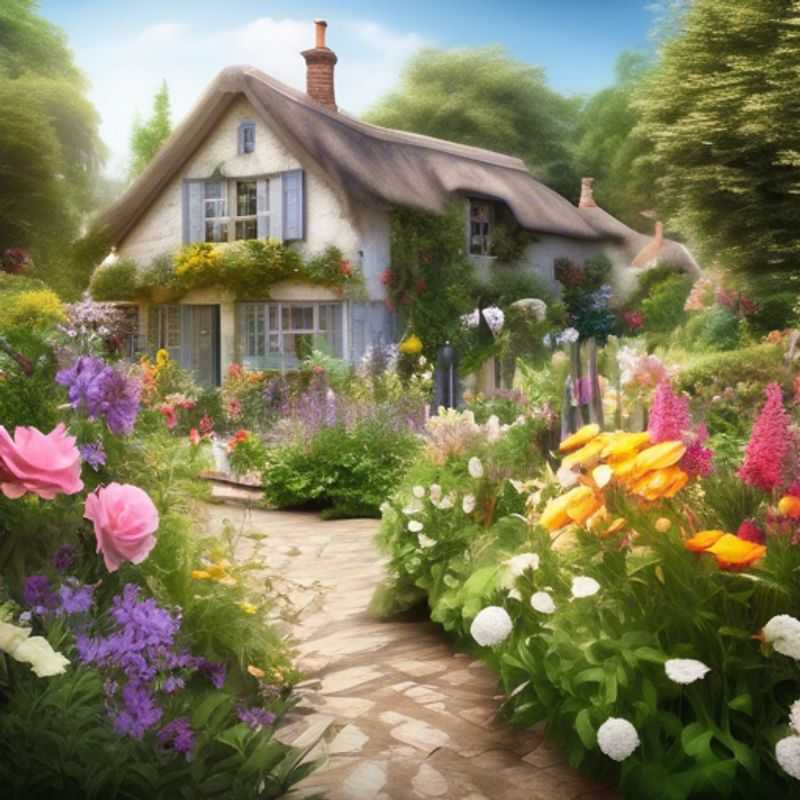
Think Big: Planning Your Garden with Mature Plant Sizes in Mind
It's essential to consider the mature size of plants when designing your garden. Failing to do so can lead to overcrowding, competition for resources, and even damage to structures. It's better to plan for the future size of your plants, rather than trying to adjust later.
Start by researching the mature size of each plant you're considering. Check plant tags, online resources, or consult with a gardening expert. Imagine the plant fully grown, taking into account its height, width, and root spread.
Space your plants accordingly. Allow enough room for each plant to reach its full potential without crowding its neighbors. Consider the shape of the plants and how they might grow over time, creating a dynamic and balanced garden landscape.
Use this information to create a detailed planting plan. This will help you visualize the garden's development and make informed decisions about plant placement. You can even use online tools or apps to create virtual garden layouts.
Remember, planning ahead is key to creating a beautiful and healthy garden. It allows you to choose plants that will thrive in the space you have, preventing future problems and ensuring long-term enjoyment of your garden.
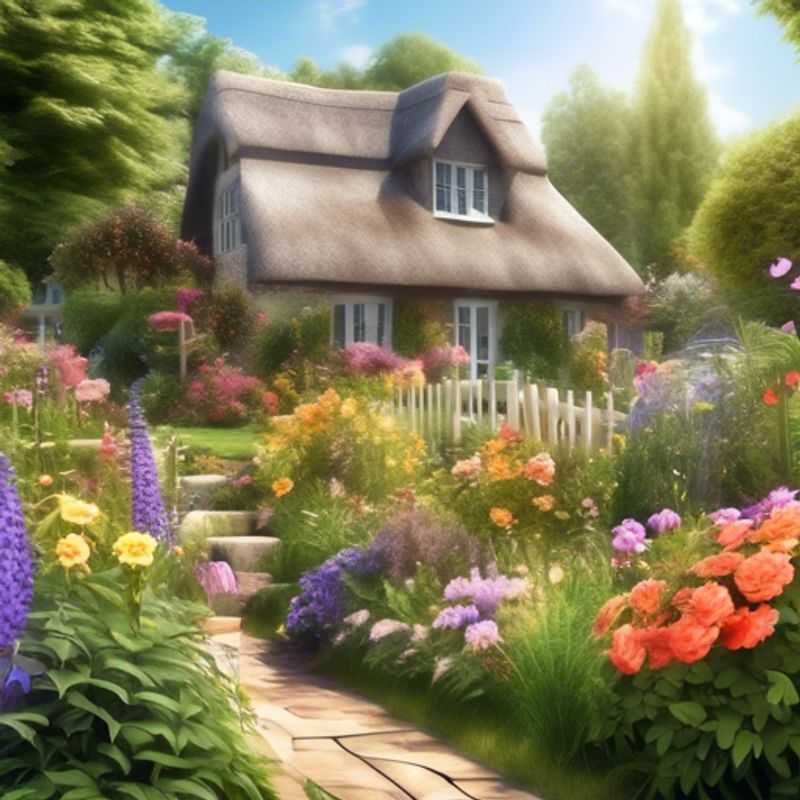
Extend Your Garden's Bloom Time: Mixing Early, Mid, and Late-Blooming Flowers
To enjoy a vibrant garden from spring through fall, a blend of early, mid, and late-blooming flowers is the key. Early bloomers, like tulips and daffodils, kickstart the season with a burst of color. Mid-season performers, such as roses and coneflowers, take center stage in summer. And finally, late bloomers, like asters and chrysanthemums, extend the spectacle into autumn.
Planning is key! Consider your climate and planting zone. Check the bloom times of your chosen flowers to ensure a seamless transition from one season to the next. This strategic approach will ensure a continuous display of beauty throughout the year.
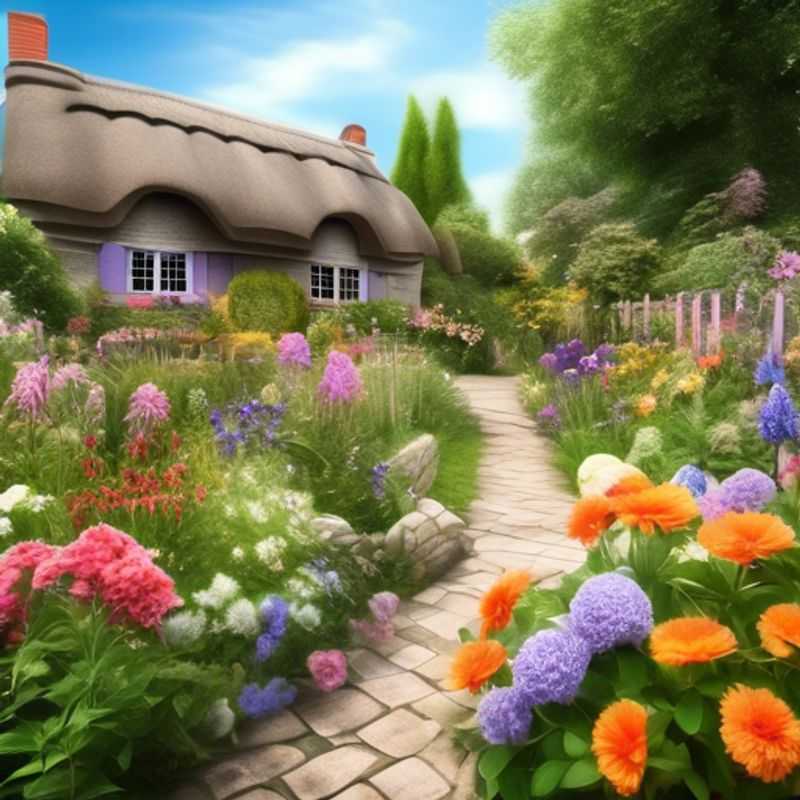
Sunshine Secrets: Matching Flowers to Sunlight in Your Cottage Garden
Cottage garden flowers are known for their vibrant colors and charming, informal look. To ensure they thrive, understanding their sunlight requirements is crucial. Researching the specific needs of each variety will prevent disappointment and ensure your garden flourishes.
For instance, some cottage garden favorites like foxgloves and delphiniums prefer partial shade, while others like sunflowers and cosmos thrive in full sun. You can find this information on seed packets, plant labels, or through online resources. Knowing the light needs of your flowers will help you plan your garden layout and ensure each plant receives the optimal amount of sunlight.
Remember, even within a single species, different varieties can have differing light preferences. For example, while most varieties of lavender prefer full sun, some may tolerate partial shade. It's always a good idea to research the specific variety you're interested in. A little research upfront can make a big difference in the success of your cottage garden.
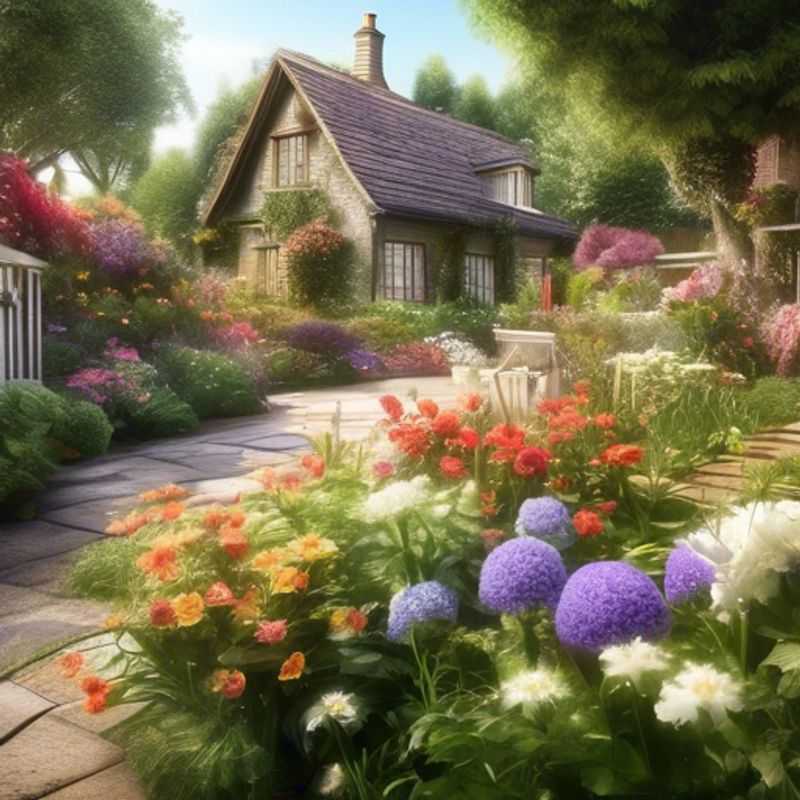
Create a Buzz in Your Garden: Attracting Pollinators with Plant Power
Creating a pollinator-friendly garden is a rewarding way to support biodiversity and enhance your outdoor space. By incorporating plants that attract bees and butterflies, you'll not only enjoy their beauty but also contribute to the vital role they play in our ecosystem.
Choosing the Right Plants: Select a variety of flowering plants that bloom throughout the growing season, providing a continuous source of nectar and pollen. Native plants are especially beneficial as pollinators have adapted to their specific features. Examples include:
• Sunflowers: Their large, bright blooms are irresistible to bees and butterflies.
• Coneflowers: Their vibrant colors and unique shape attract a wide range of pollinators.
• Lavender: Its fragrant flowers are loved by bees and butterflies, and the plant itself provides a calming atmosphere.
• Asters: Their late-season blooms offer valuable sustenance for pollinators as other flowers begin to fade.
• Yarrow: Its flat-topped clusters of flowers attract various insects, including bees and butterflies.
Providing Water: Pollinators need access to water for drinking and keeping cool. A shallow birdbath or a simple dish filled with water and pebbles will provide a safe watering spot.
Avoiding Pesticides: Chemicals used to control pests can harm pollinators. Opt for natural pest control methods or choose plants that are resistant to common pests. Avoid using pesticides that contain neonicotinoids, which are known to be harmful to bees.
Creating a Welcoming Habitat: Pollinators need places to nest and shelter. Leave a section of your garden undisturbed, or create a bee house or butterfly house to provide a safe haven.
By creating a pollinator-friendly garden, you'll not only enhance its beauty but also support the essential role that these creatures play in our ecosystem.

Give Your Plants a Head Start: The Power of Soil Amendment
Preparing the soil properly by adding organic matter before planting is a crucial step in ensuring the success of your garden or landscape. Organic matter, such as compost or well-rotted manure, can improve the soil's structure, fertility, and water-holding capacity, making it an essential ingredient for healthy plant growth.
Before planting, it is recommended to incorporate organic matter into the soil to a depth of 6-8 inches. This can be done by tilling or digging the organic matter into the soil, ensuring it is evenly distributed. The amount of organic matter needed will depend on the soil type and the specific needs of the plants you plan to grow.
Adding organic matter to the soil can also help to improve drainage in heavy clay soils and increase water-holding capacity in sandy soils. This can help to create an optimal growing environment for your plants, reducing the risk of waterlogging or drought stress.
In addition to the benefits of improved soil structure and fertility, incorporating organic matter can also help to suppress weed growth and reduce the need for chemical fertilizers. This can lead to a more sustainable and environmentally-friendly gardening approach.
Overall, preparing the soil properly by adding organic matter before planting is a simple yet effective way to set your garden or landscape up for success. By taking the time to amend the soil, you can create a thriving and healthy growing environment for your plants.
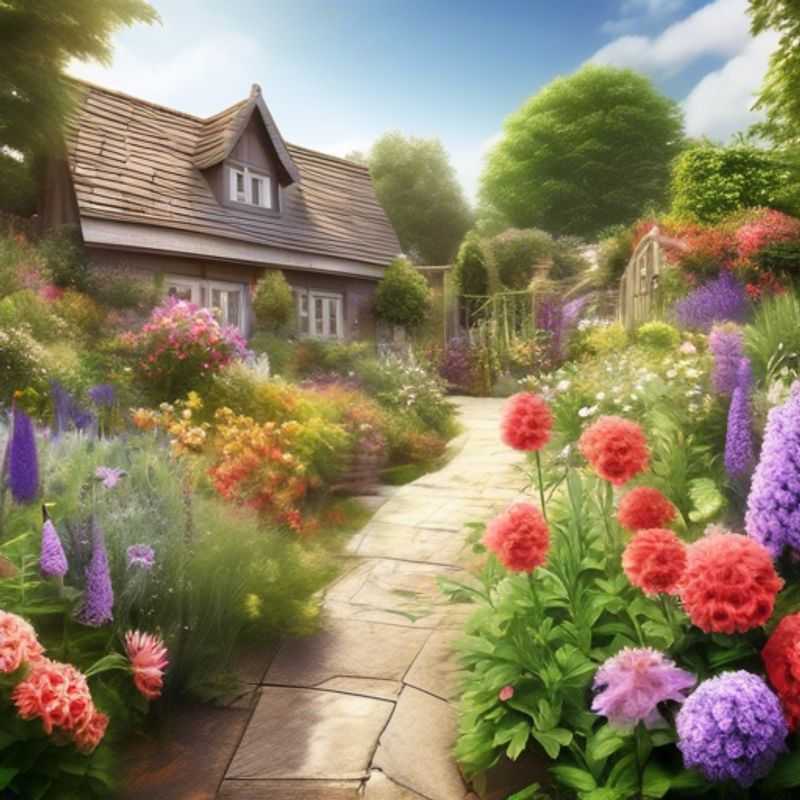
Nurturing Your Cottage Garden Blooms: Care and Maintenance Tips
A cottage garden is a charming and delightful way to bring a touch of the countryside to your home. With its abundance of color and fragrance, it's a joy to behold. But to keep your cottage garden looking its best, it needs proper care and maintenance. Here are some tips to help you keep your cottage garden flourishing:
Watering: Ensure your plants are consistently watered, especially during dry spells. Overwatering can be detrimental, so check the soil moisture before adding more water.
Weeding: Regularly weed your garden to prevent them from competing with your flowers for nutrients and water.
Deadheading: Deadheading, the process of removing faded blooms, encourages further flowering and keeps your garden looking neat. It can also help prevent self-seeding, which can lead to unwanted plants.
Fertilizing: Fertilizing helps your plants thrive, but it's crucial to use a balanced fertilizer suitable for flowering plants. Avoid over-fertilizing, as it can harm your plants.
Mulching: Mulching around your plants with organic materials like compost or wood chips helps retain soil moisture, suppress weeds, and insulate the soil during colder months.
Pruning: Some plants in your cottage garden may benefit from light pruning after flowering to maintain their shape and encourage future blooms.
Pest control: Monitor your garden for pests and take appropriate steps to control them. You can use organic pest control methods or consult a gardening expert for advice on how to treat infestations.
By following these simple tips, you can ensure that your cottage garden continues to be a beautiful and vibrant addition to your home.
